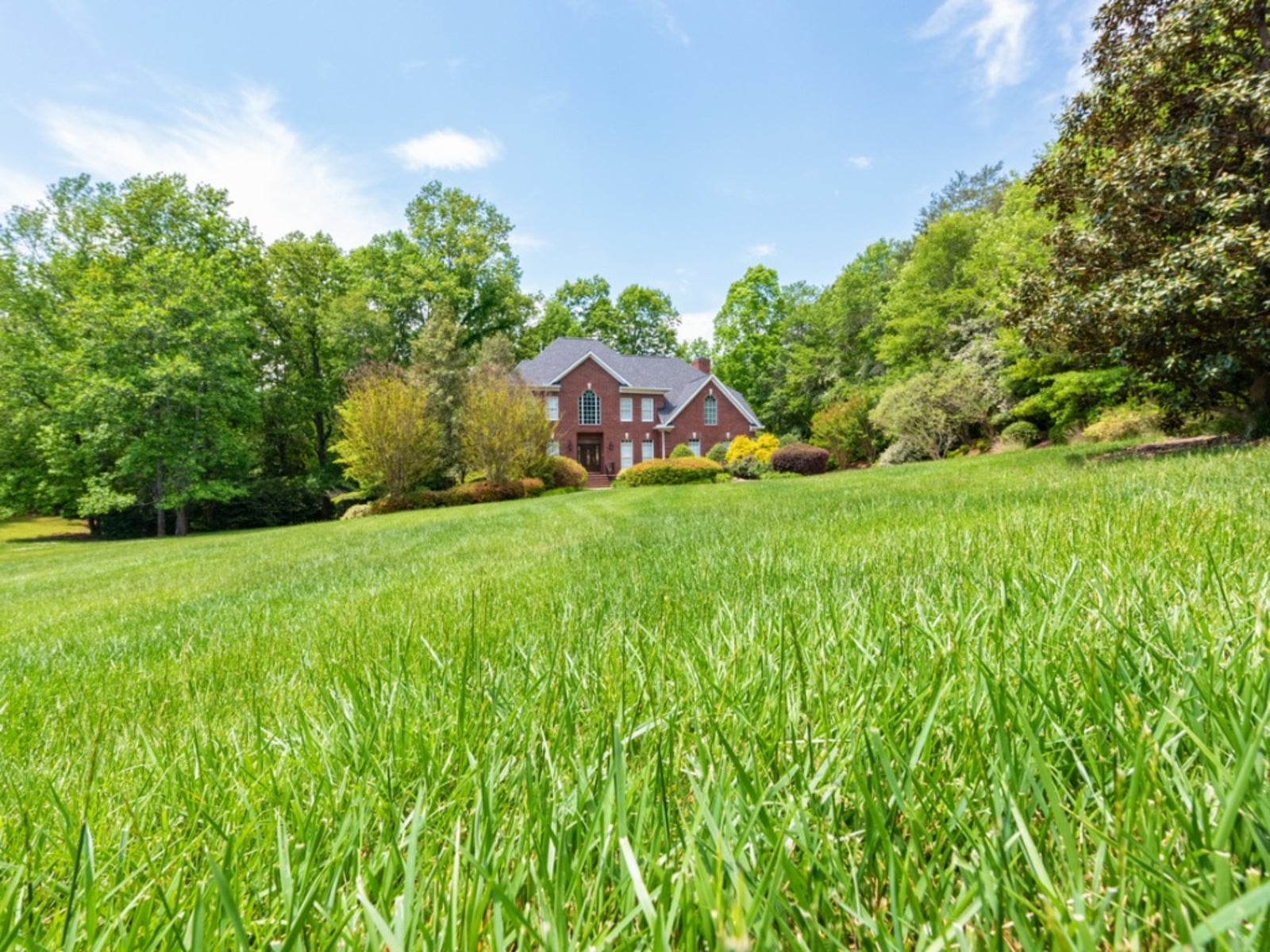What Is Cool Grass: Learn About Cool Season Turf Grasses And Ornamentals


What is cool grass? Cool grass is suitable for temperate and colder climates. These plants grow best in spring and summer and go almost dormant in the winter when temperatures decline. There are many varieties, most of which are bunchgrasses. If you live in a cooler zone, the gardener must consider some important questions. For instance, “When can I plant cool season grasses and which cool season turf grasses are best for me?” Both questions are important in choosing the right grass and establishing it correctly.
What is Cool Grass?
Most cool season grasses are turf grasses. The plants do best in spring and fall when there is a plentiful supply of water. The most common types of cool season turf grasses include:
There are also some cool season ornamental grasses, suitable for beds and containers. Cool season ornamental grasses come in many varieties but a few are:
These types of grass begin to grow in spring and may be evergreen or turn brown in winter. They will also go dormant and brown in very hot summers unless they are provided with cover from the scorching rays of the sun and plenty of water.
Cool Season Grass Identifiers
There are some general characteristics which are crucial cool season grass identifiers and include:
- Most cool season turf grasses are bunching with the exception of Kentucky bluegrass, which has rhizomes.
- Their roots of cool season grasses can grow at 50 degrees Fahrenheit (10 C.) but slows when temperatures exceed 90 (32 C.) or drop to 32 degrees Fahrenheit (0 C.).
- The majority of these grasses have a broad mid-vein, although some have rolled leaf blades and multiple veins.
- Any of the cool season turf grasses will turn brown in high heat, with the possible exception of tall fescue, which has superior heat tolerance.
Difference Between Warm and Cool Season Grasses
Warm season grasses grow best in the southern parts of the United States, while cool season grasses perform well in temperate and northern climates. It is important to know which grass is most suited for your zone or you will have a brown or sickly lawn. Designing with cool season ornamental grasses must take into consideration their propensity to “brown out” in summer. With some grasses, this creates a lovely halo effect, while others just look dead. All types of cool season grass grow the most in spring, while warm season grasses put all their energy into summer growth. They grow slower than cool season grasses and use much of the first two years establishing deep root systems with little crown growth.
When Can I Plant Cool Season Grasses?
The best time to plant cool season turf grasses is in spring or fall. Cool season turf grasses need vernalization to force sprouting. This is achieved by the cool temperatures of winter and short day lengths. Sow the grass seed when soils are at least 40 to 45 degrees Fahrenheit (4-7 C.). Conversely, warm grasses planted in fall will not germinate until spring, which is the optimum time to plant these types. The seed lies dormant until soil temperatures are warm.
Sign up for the Gardening Know How newsletter today and receive a free copy of our e-book "How to Grow Delicious Tomatoes".

Bonnie Grant is a professional landscaper with a Certification in Urban Gardening. She has been gardening and writing for 15 years. A former professional chef, she has a passion for edible landscaping.